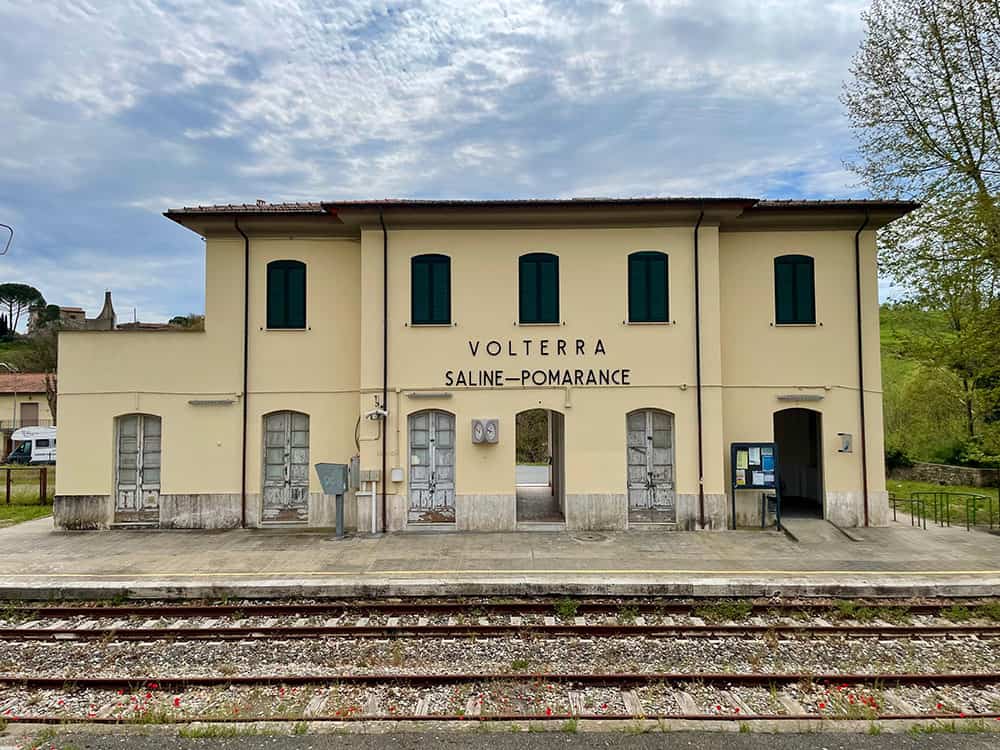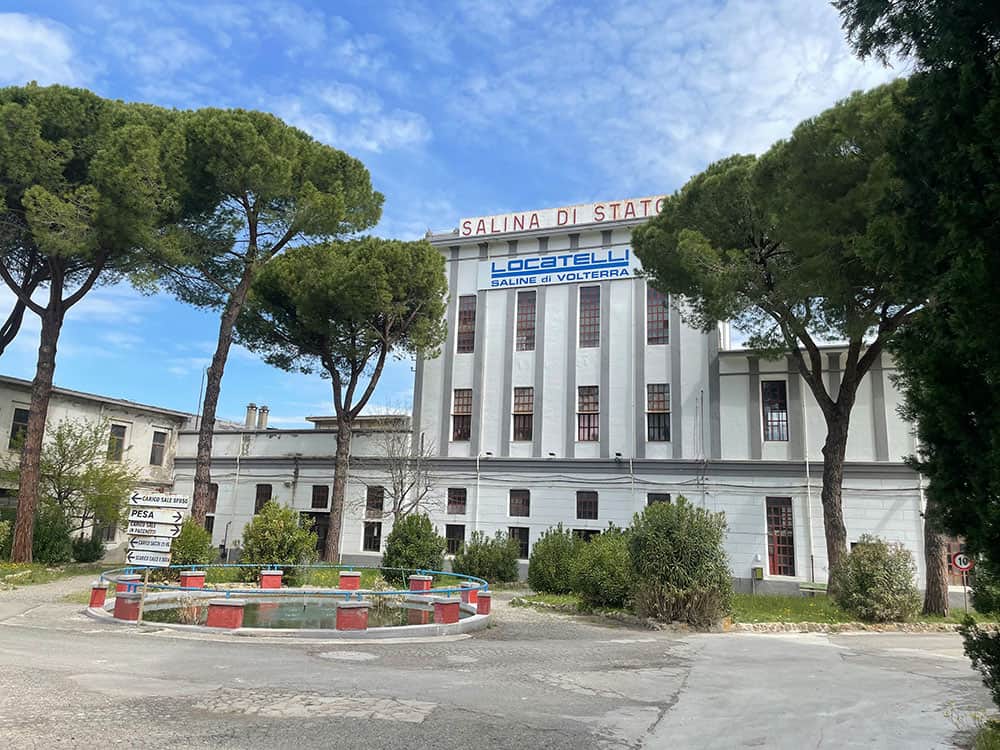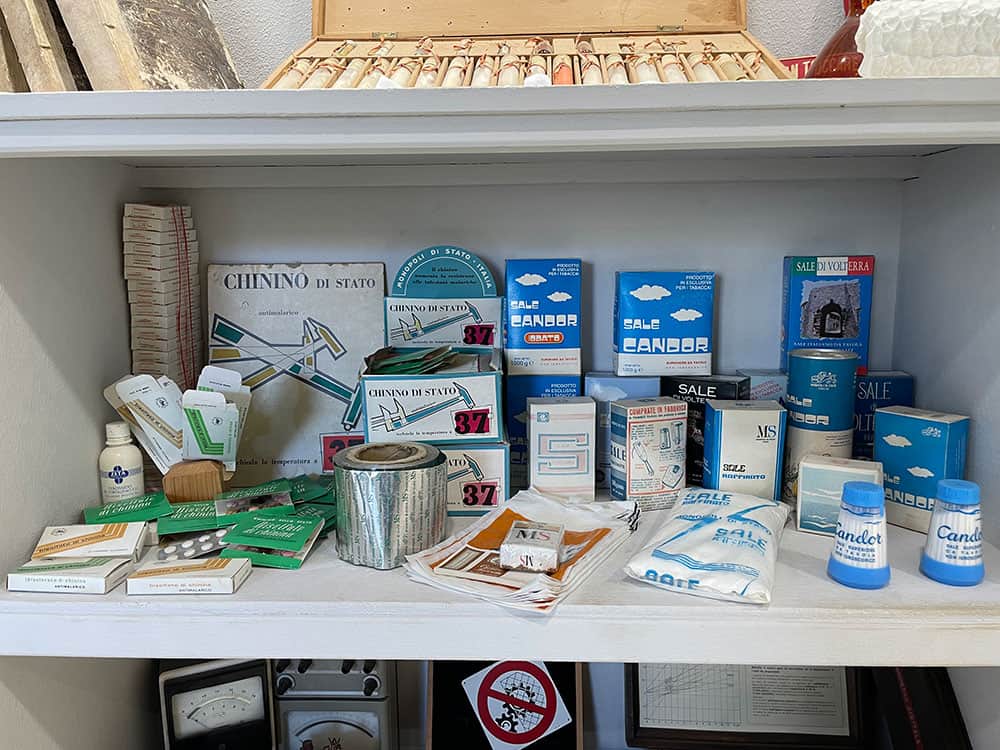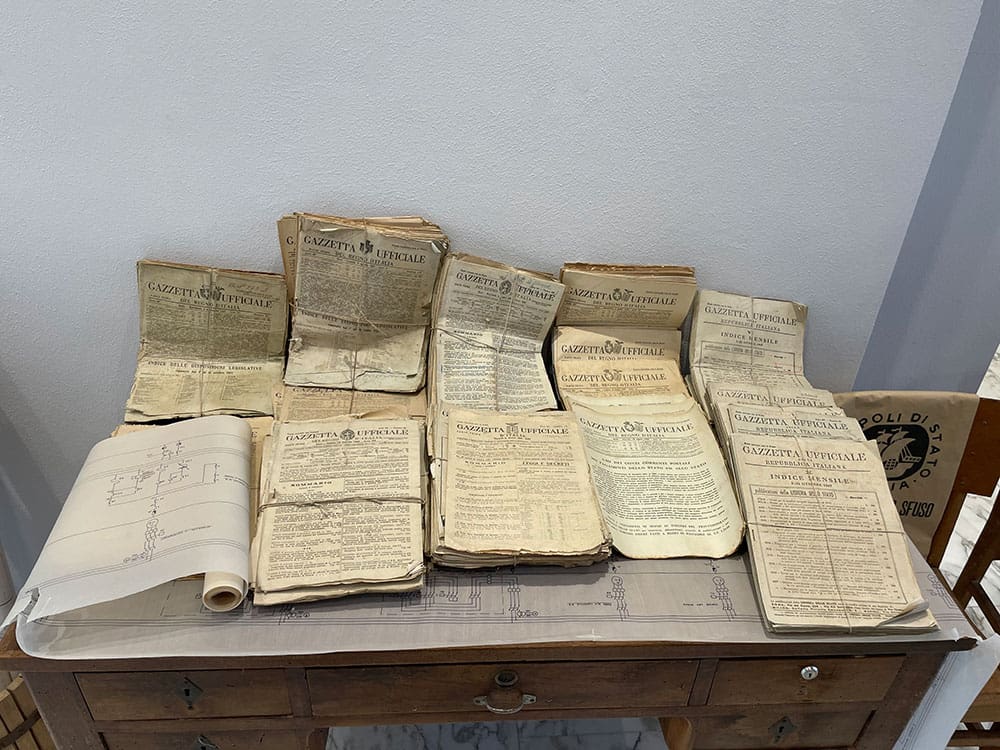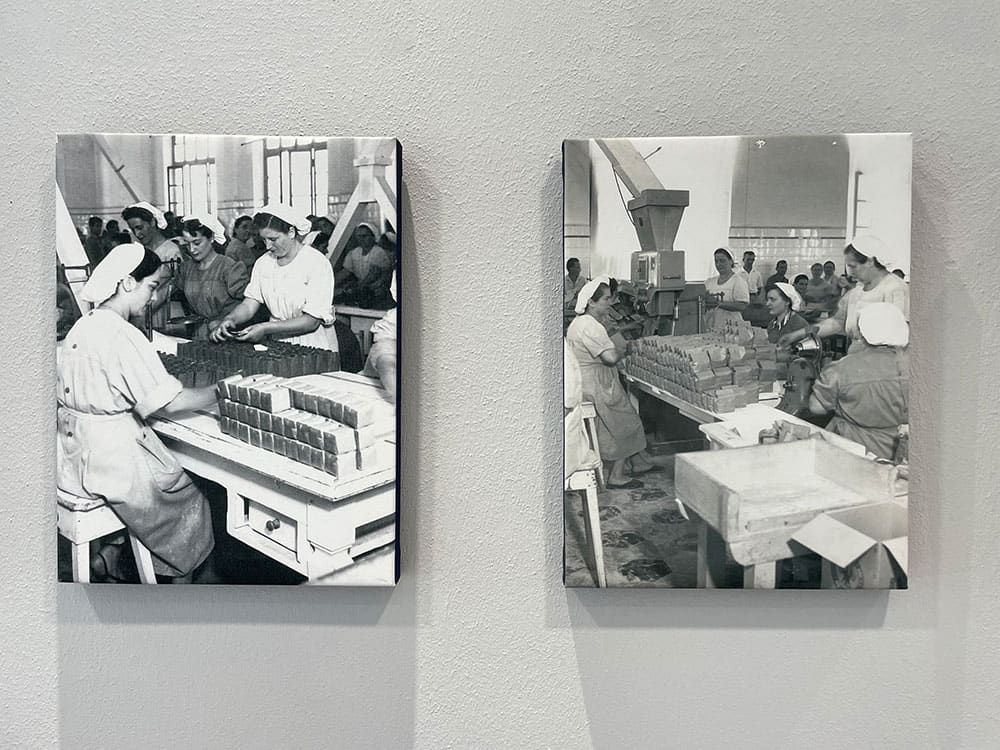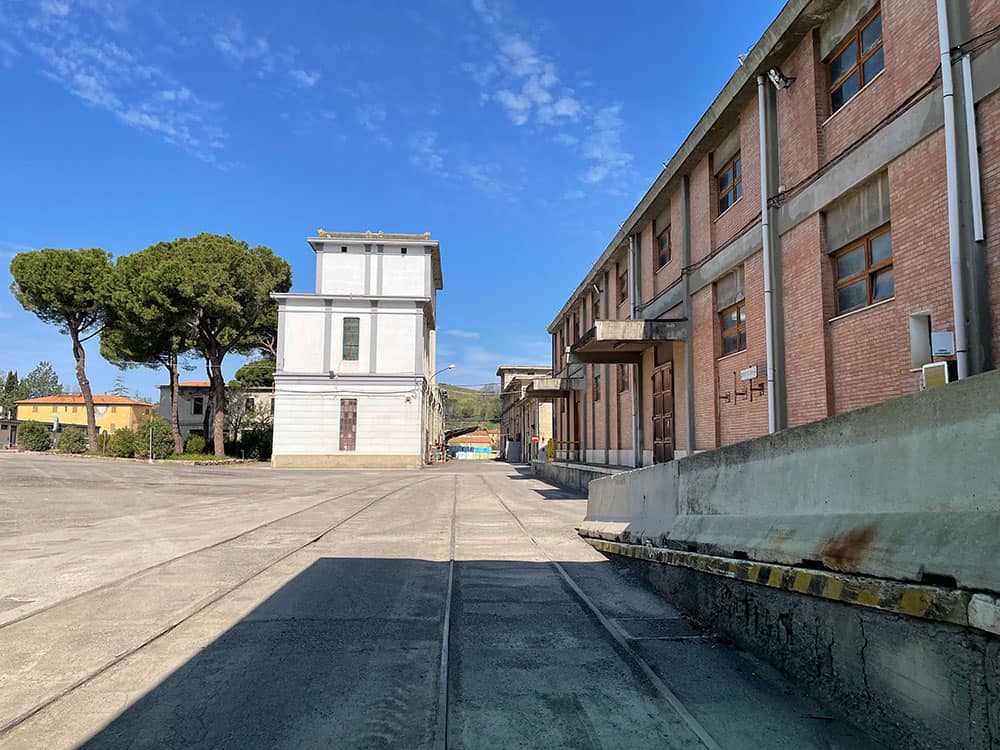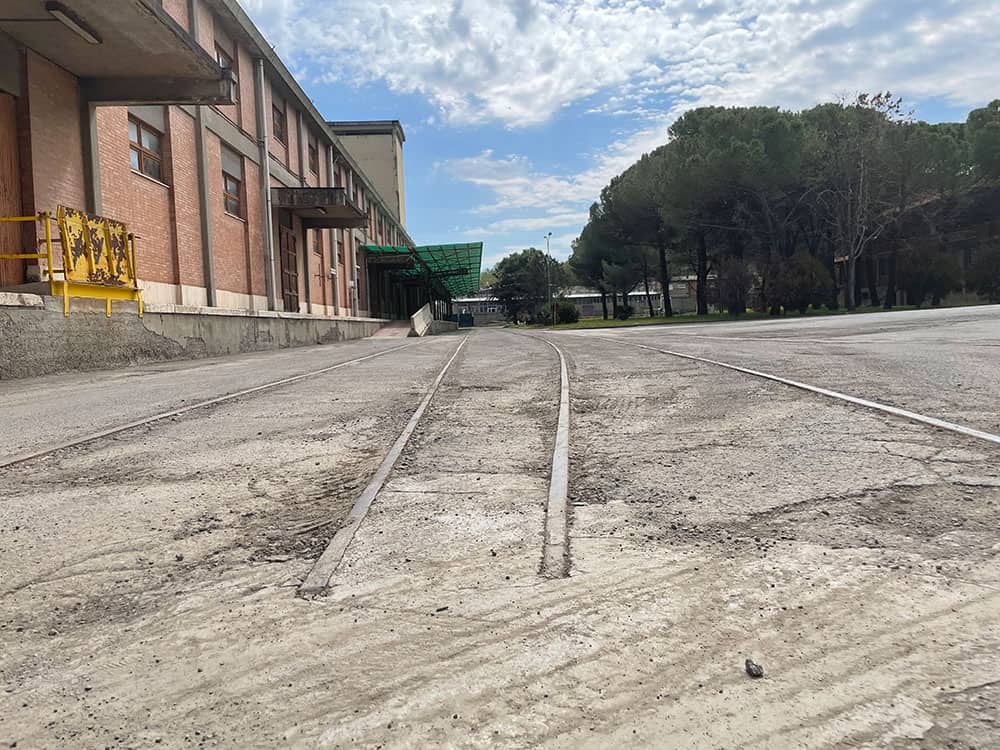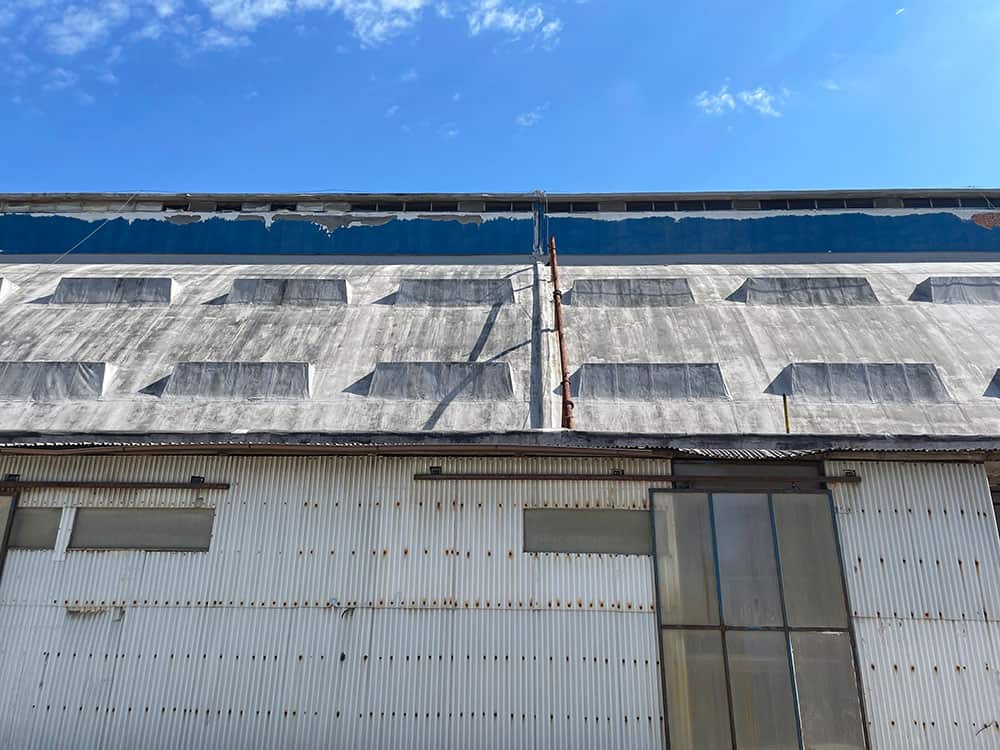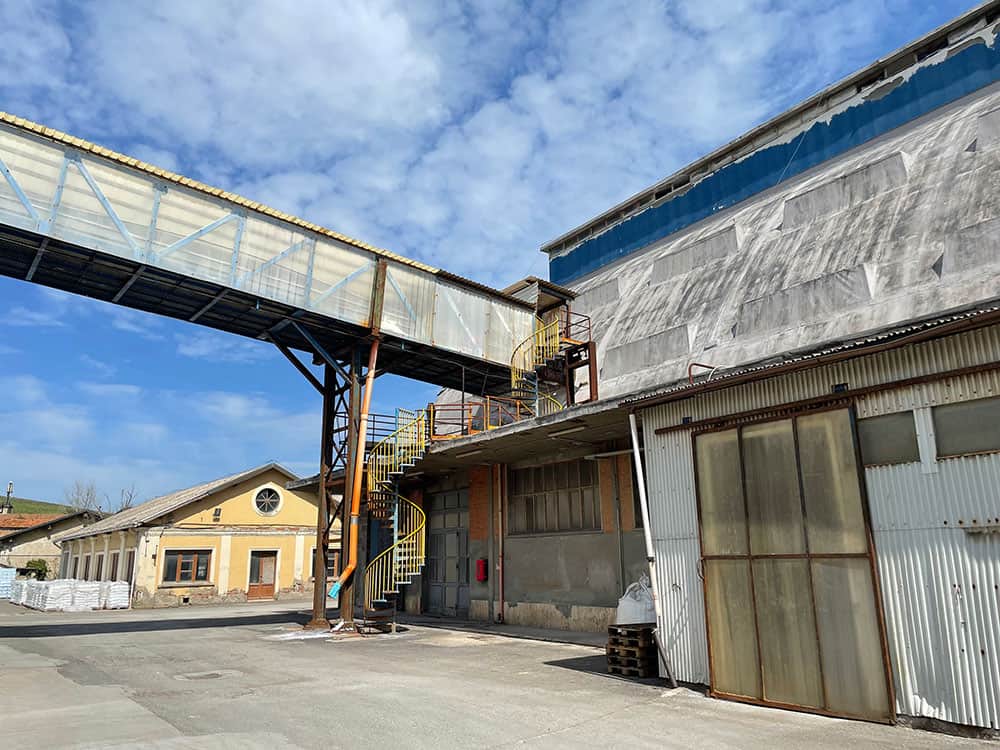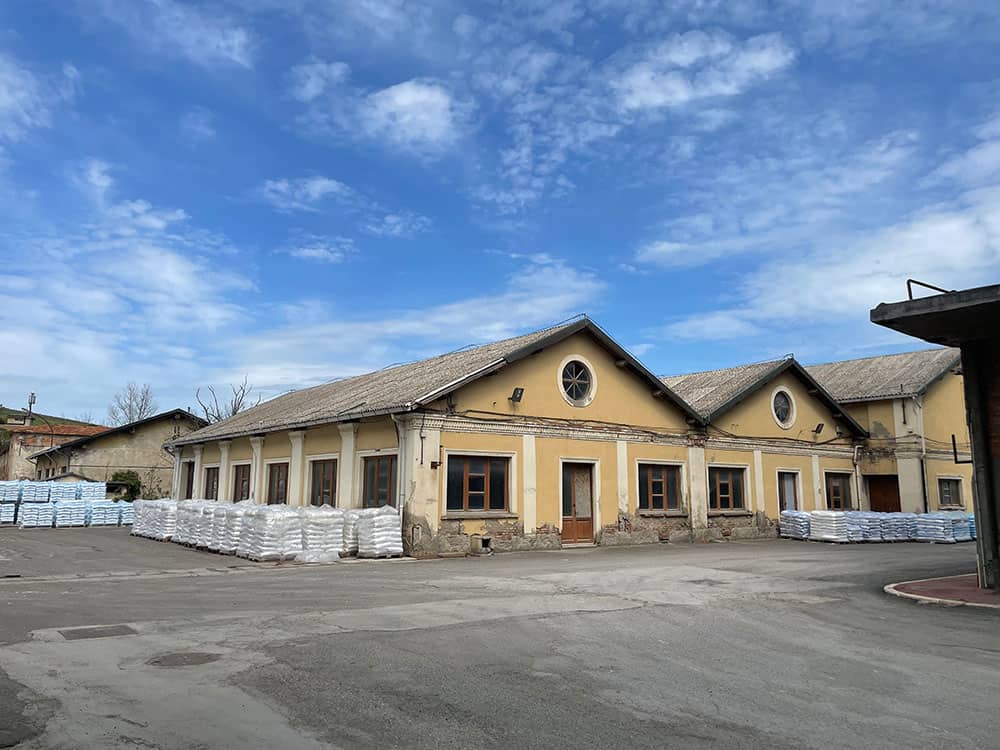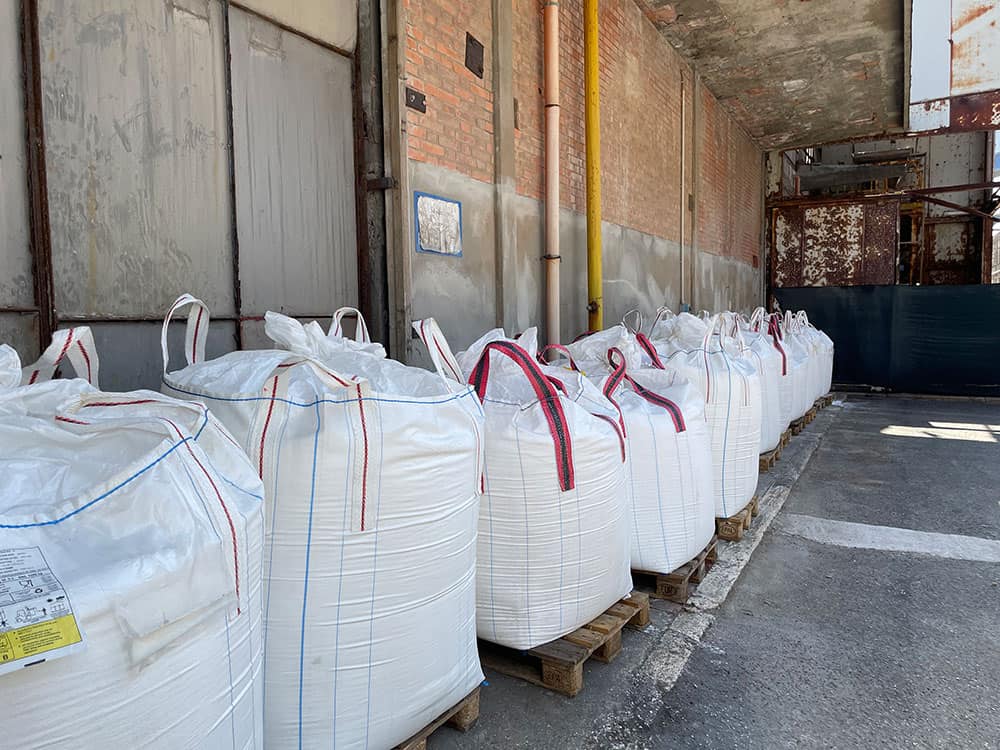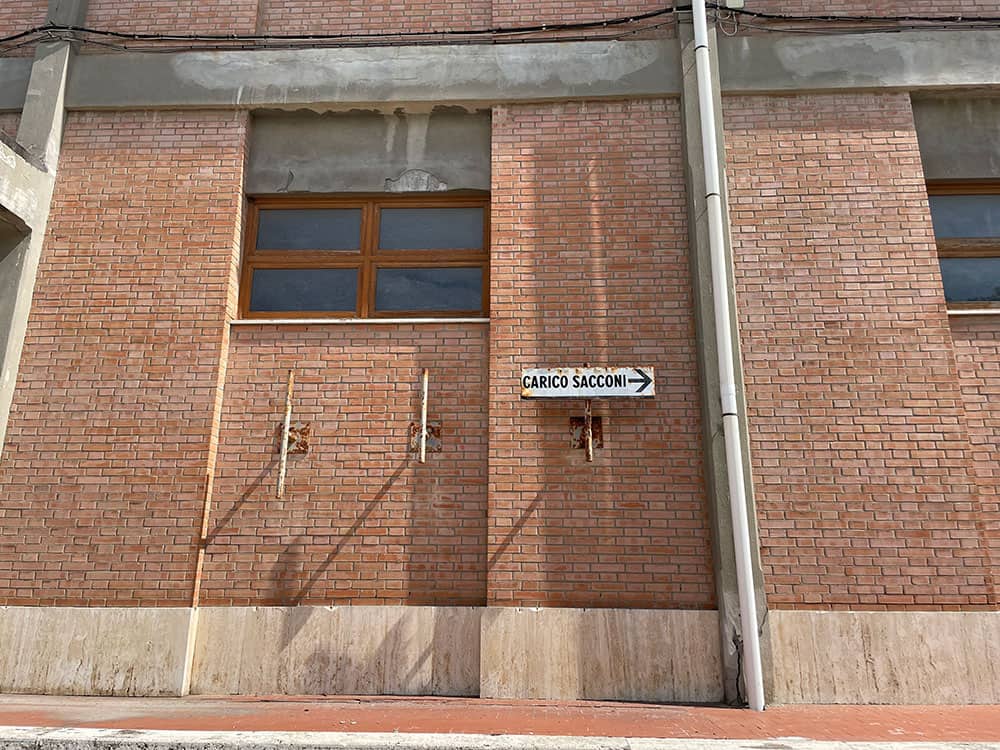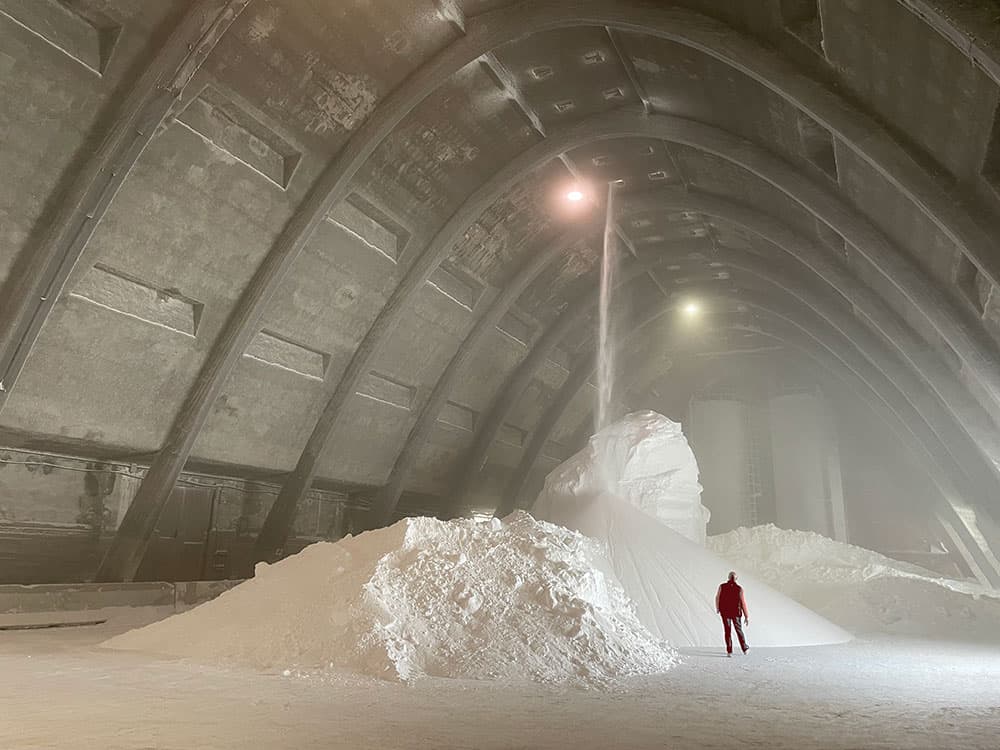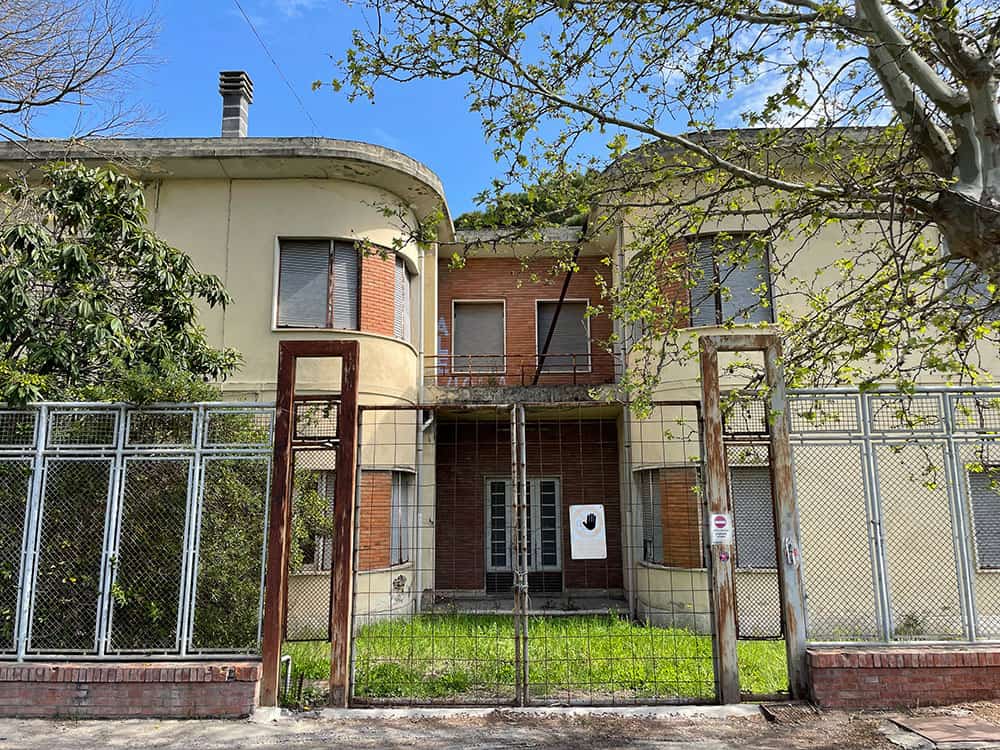Almost everyone knows, partly because it has become a trendy topic in recent years, that the purest salt in the world is considered to be Himalayan pink salt, extracted from salt mines dating back approximately 200 million years.
However, perhaps not everyone knows that the purest salt in Italy (99.9% pure) is extracted in the vicinity of Volterra in the province of Pistoia, amidst the stunning hills of Tuscany. This region, once inhabited by the Etruscans, hides numerous deposits of rock salt. To clarify, rock salt refers to salt extracted from the earth, thus being a mineral salt, whereas sea salt forms through the evaporation of seawater.
In fact, over 2500 years ago, the Etruscans were already familiar with the properties of the saline spring water they had tapped into in the area, and they used it as a source of salt.
These salt mines were formed due to the fact that six million years ago, when there was still a sea in the valley, as it receded, it left behind saltwater lakes scattered everywhere. With no inflows, the water contained in the basins slowly evaporated, causing the salt to settle at the bottom, while debris gradually sealed the deposits, preserving their purity for millennia.
Salt extraction in the area became semi-industrial thanks to the vision of Grand Duke Pietro Leopoldo of Tuscany, who, at the end of the 18th century, established the facilities for mining activities and founded the village of Saline di Volterra. This village still surrounds the factory, where all the men and women engaged in salt processing were relocated.
In 1929, the factory was acquired by the Italian state (the entrance still bears the inscription “Saline di Stato“) and operated under state ownership until 1998. During this period, tobacco, which was also a state monopoly product, was processed within the factory. It was the women who were responsible for packaging the MS (Monopolio di Stato) cigarette packs, which were possibly the first cigarettes I smoked in my adolescence because they were much cheaper than imported brands like Marlboro.
After privatization, the factory went through turbulent times under various owners until 2014 when it was acquired by a company from Bergamo that already specialized in refining sea salt. With substantial investments, this company revitalized the factory and increased production.
Today, 150,000 tons of salt are produced annually using an interesting system: the deposits are essentially flooded with water, and the resulting brine, produced by the dissolution of salt, is aspirated and conducted into machinery to undergo a process of recrystallization and subsequent purification.
Et voilà, the salt is ready.
There are many stories to tell about this substance, which played a crucial role in ancient times, both practically and symbolically. However, we are discussing this place because, if you happen to visit it, you will find an incredibly interesting environment inside—an industrial cathedral, so to speak. It is definitely worth taking a short detour from your itinerary to see it.
The Nervi Pavilion is a splendid example of industrial archaeology designed by a young Pier Luigi Nervi in 1962. Inside, the space appears like an enormous rib cage, marked by the presence of reinforced concrete arches supporting an incredibly wide nave, resembling sturdy ribs, shaped as if molded upon the mountain of salt accumulating within.
Upon entering, one immediately senses the salinity in the air, almost thick. It is a kind of mist, an opaque haze enveloping the massive salt formation at the center, nourished by a conical, almost transparent rain of salt falling from above, creating an extraordinarily strange and almost metaphysical atmosphere.
In fact, theatrical performances and exhibitions have been held inside because the ambiance created is so unique that it is perfect for events that require truly exceptional scenery.
Just for you to know that among other things, Pier Luigi Nervi designed the Italian Consulate in Brasília, the Pirelli Tower in Milan, the UNESCO headquarters in Paris, the Montreal Stock Exchange Tower in Canada, St. Mary’s Cathedral in San Francisco, and the Hall of the Pontifical Audiences, also known as the Nervi Hall, commissioned by Pope Paul VI and built between 1966 and 1971.
We are glad to offer you some images and a short video in the hope of allowing you to experience at least a bit of the charm that this structure has evoked in us. If you visit the splendid town of Volterra, which is just a few kilometers away, do not miss this small gem of civil engineering, designed by one of Italy’s most important engineers.
Betti
Here is how to arrive at the location:
We highly recommend that you reserve the guided visit here on the official web site
https://www.locatellisaline.it/en/headquarters/saline-of-volterra

